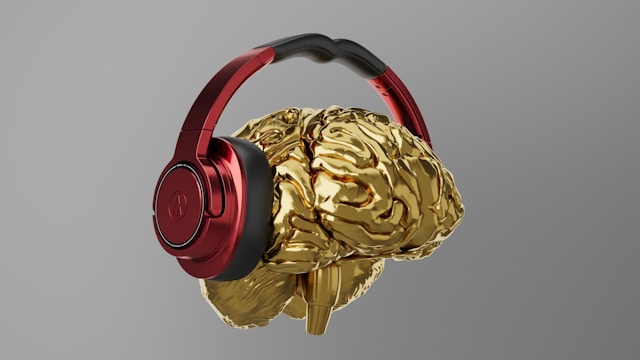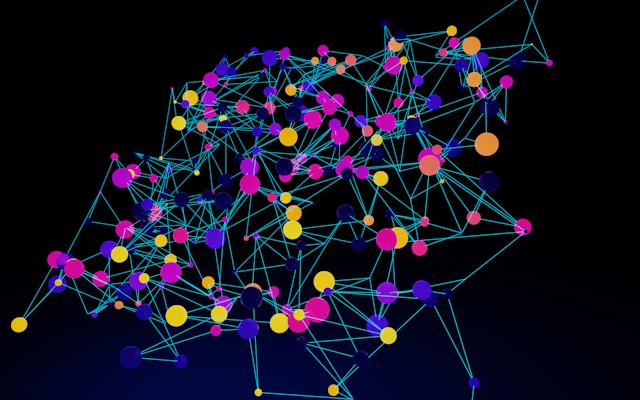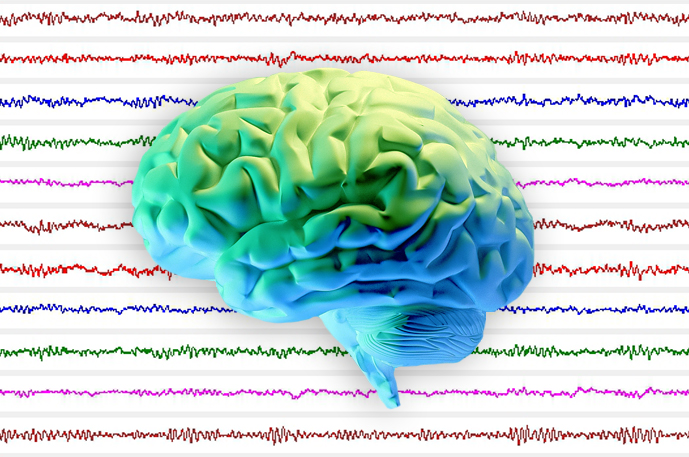


Brain and Body: SPA-fNIRS Solves Physiological Signal Noise
Functional near-infrared spectroscopy (fNIRS) offers researchers a powerful noninvasive tool for studying brain activity by measuring changes in blood oxygen levels. These changes reflect how various brain regions respond to stimuli such as tasks that involve...
Mind Over Matter: Cognitive Neuroscience and Aging
“Age is an issue of mind over matter. If you don’t mind, it doesn’t matter.” — Mark Twain. While American author and humorist Mark Twain suggested that mental attitude could make aging less daunting, modern science shows that the changes our...
A System of Systems: Network Physiology Connects the Dots
In the field of physiology, it is tempting to see the human body as a collection of independent systems performing a range of functions—converting food to energy, protecting us from harm and disease, and helping us react to and interact with our environments, to name...
Free Your EEG: Wireless and Wearable Systems for the Lab and Beyond
The evolution of wearable technology for recording physiological signals represents a transformative leap for research, particularly when it comes to electroencephalography (EEG). These advancements allow researchers to capture brain activity data in real-world settings, moving beyond the confines of laboratory-based experiments. Mobile and wearable EEG devices utilize wireless technology to transmit data, offering significant advantages over traditional methods.


Recent Comments